Fossil Discovery in Wyoming Yields New Insights into Duck-Billed Dinosaurs
A groundbreaking discovery in Wyoming has shed new light on the appearance and behavior of Edmontosaurus annectens, a large herbivore duck-billed dinosaur that roamed the earth during the Cretaceous period. In a significant breakthrough, a team of paleontologists led by Paul C. Sereno, a professor of organismal biology at the University of Chicago, unearthed two Edmontosaurus mummies with remarkably preserved fleshy external anatomy, providing the most accurate image of the species to date.
The discovery, made in the same location where the first Edmontosaurus specimen was found in 1908, has significant financial implications for the paleontology industry. According to a report by the Paleontological Society, the global paleontology market is expected to reach $1.3 billion by 2025, driven by increasing demand for fossil research and tourism. The discovery of the Edmontosaurus mummies is likely to contribute to this growth, as it provides a unique opportunity for scientists to study the anatomy and behavior of this species in unprecedented detail.
The Edmontosaurus mummies, which were found with all fleshy external anatomy imprinted in a sub-millimeter layer of clay, offer a wealth of information about the species' appearance and behavior. The mummies reveal that Edmontosaurus had a distinctive crest on its snout, which was likely used for display purposes, as well as a series of spikes on its tail, which may have been used for defense. The discovery also provides new insights into the species' size, with estimates suggesting that Edmontosaurus reached lengths of up to 30 feet.
The discovery of the Edmontosaurus mummies is a significant milestone in the field of paleontology, and it has important implications for our understanding of the evolution and behavior of dinosaurs. The mummies provide a unique window into the past, allowing scientists to study the anatomy and behavior of a species that lived over 65 million years ago. As the paleontology industry continues to grow, the discovery of the Edmontosaurus mummies is likely to have a lasting impact on our understanding of the natural world.
The University of Chicago, where Paul C. Sereno is based, has a long history of paleontological research, and the discovery of the Edmontosaurus mummies is a testament to the institution's commitment to advancing our understanding of the natural world. The university's paleontology department has a strong reputation for producing high-quality research, and the discovery of the Edmontosaurus mummies is likely to contribute to this reputation.
As the paleontology industry continues to evolve, the discovery of the Edmontosaurus mummies is likely to have a significant impact on our understanding of the natural world. The mummies provide a unique opportunity for scientists to study the anatomy and behavior of a species that lived over 65 million years ago, and they are likely to contribute to a greater understanding of the evolution and behavior of dinosaurs. With the global paleontology market expected to reach $1.3 billion by 2025, the discovery of the Edmontosaurus mummies is a significant milestone in the field, and it is likely to have a lasting impact on our understanding of the natural world.


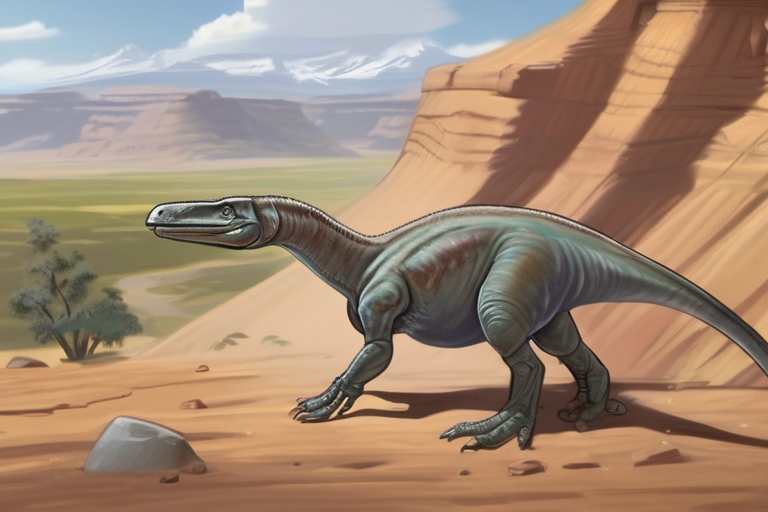


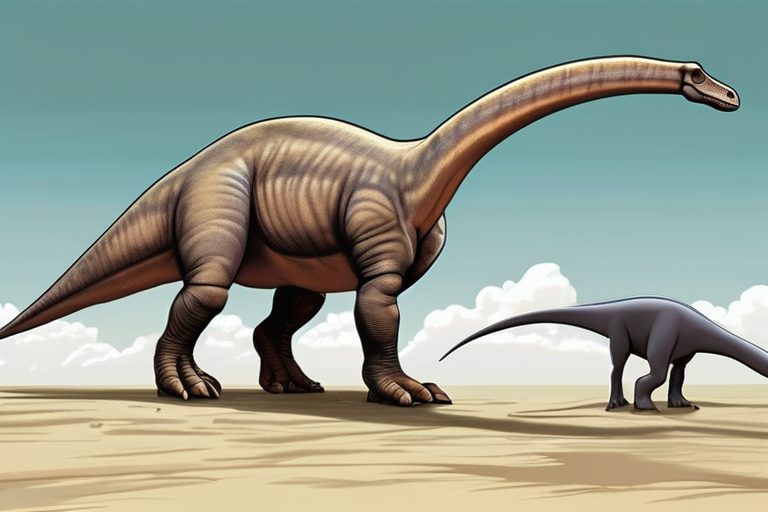

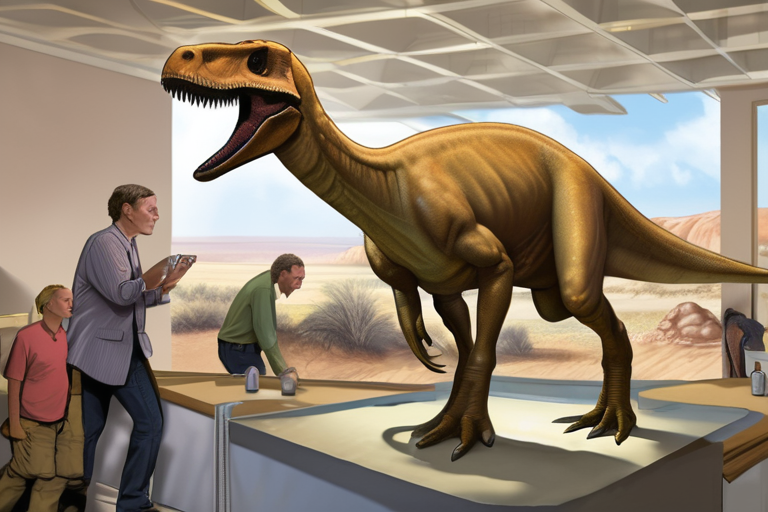

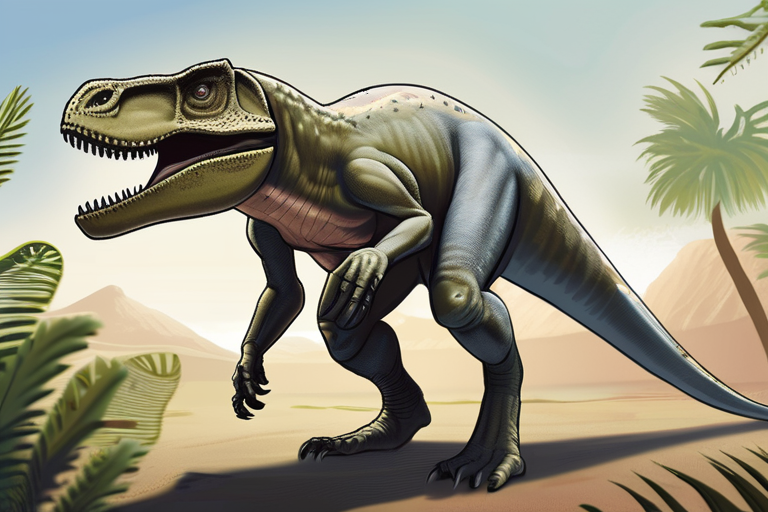




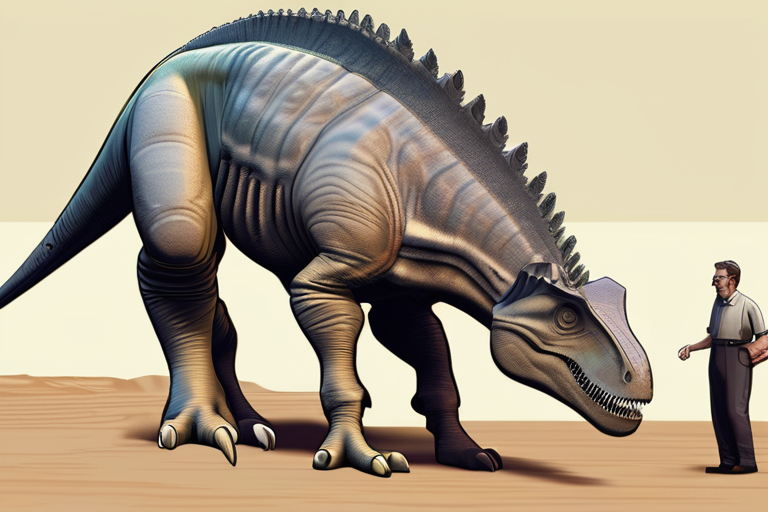
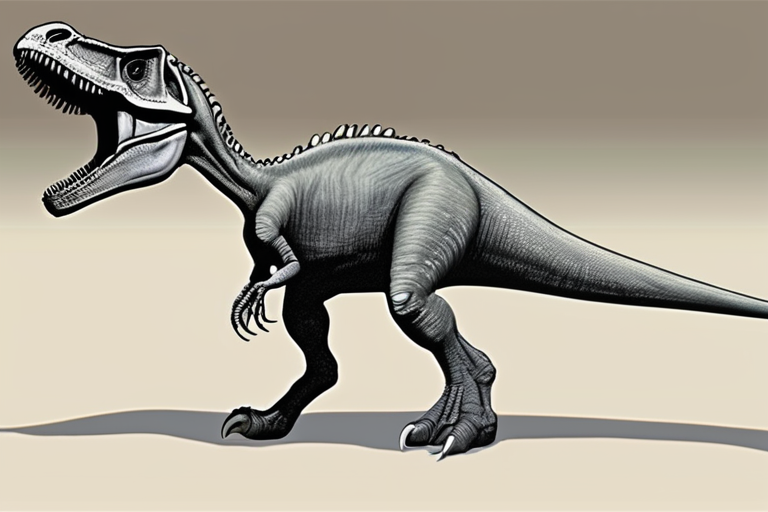
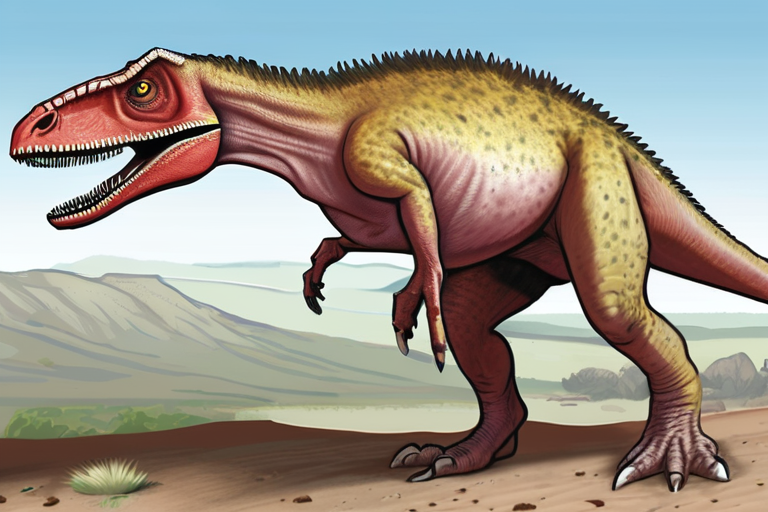

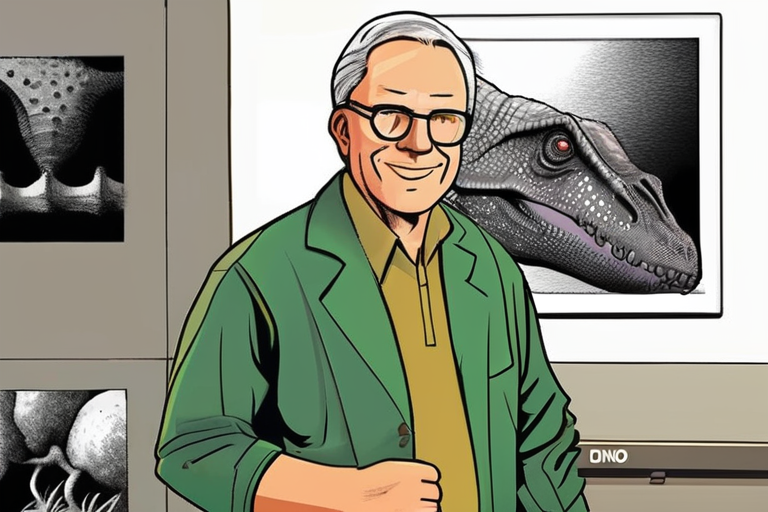


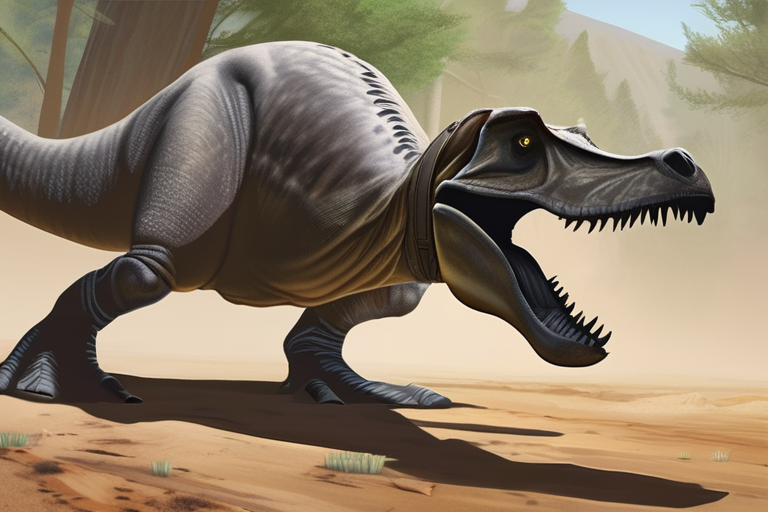


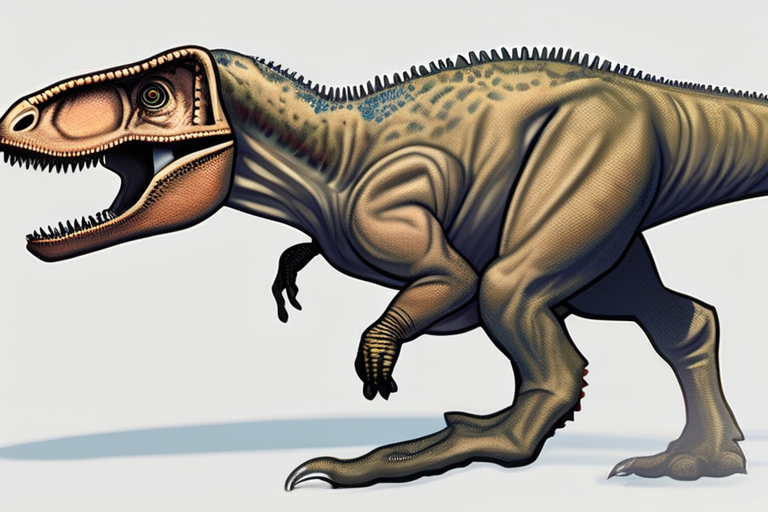

Share & Engage Share
Share this article